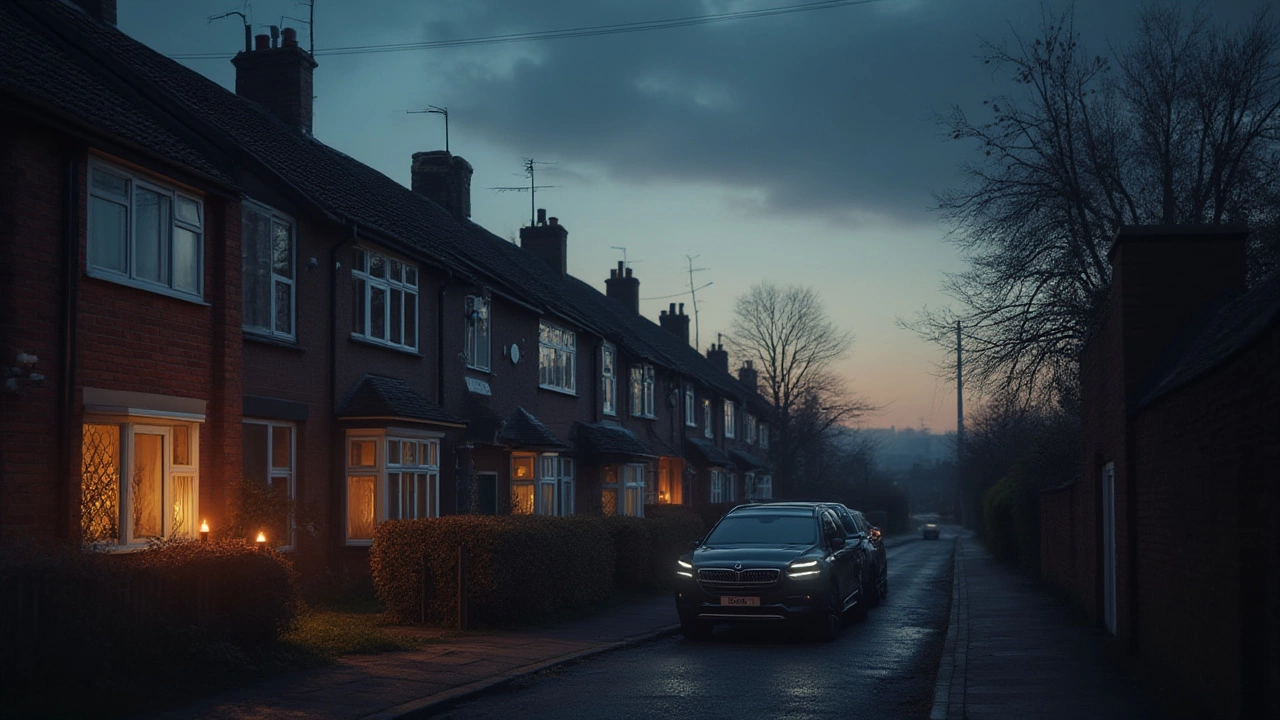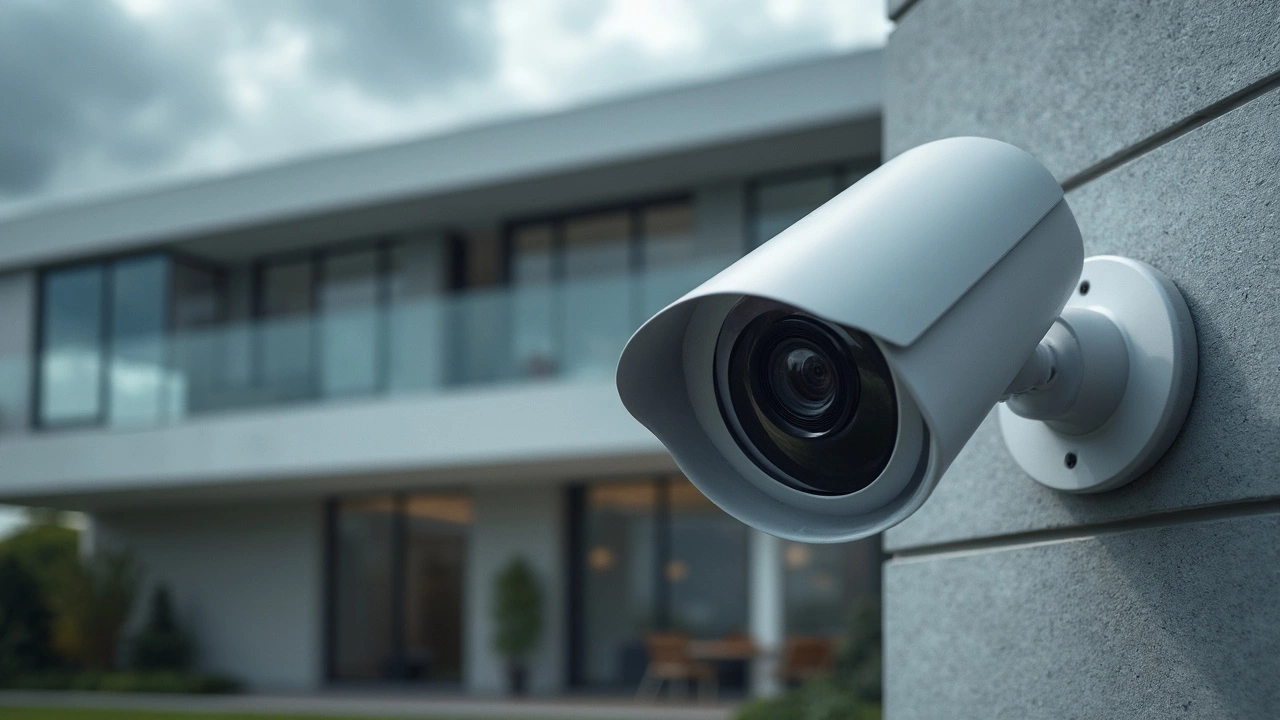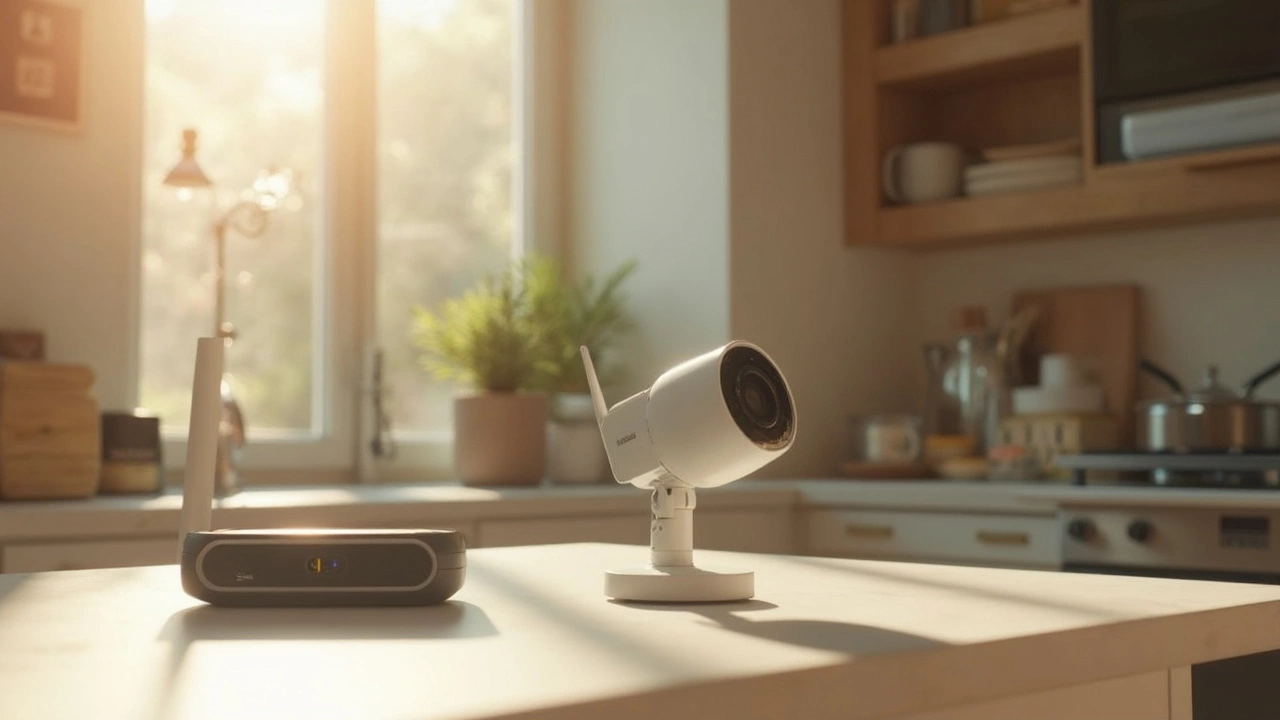If you’re thinking about adding CCTV to your home or business, you probably have a lot of questions. How much will it cost? Do you need a professional to install it? What about night‑vision and privacy rules? This guide answers those questions in plain English so you can make a smart choice without feeling overwhelmed.
First up, price. A basic DIY kit with four indoor cameras can run between £150 and £300. That’s all the hardware you need, plus a simple app to view the footage on your phone. If you want a sturdier outdoor system, expect to pay £400‑£800 for weather‑proof cameras, a more powerful recorder and extra cabling.
Professional installation adds another £100‑£300 per camera, depending on how complex the job is. Factors that push the cost up include:
Don’t forget ongoing costs. Most modern CCTV units store video in the cloud, and a basic subscription is around £5‑£10 a month. If you prefer to keep everything on a local hard drive, the expense drops to a one‑time purchase.
Location matters more than the price tag. You want clear views of entry points, driveways, backyards and any blind spots that could let an intruder slip by. Here are three quick rules:
If you’re worried about privacy, keep cameras away from neighbours’ windows and public sidewalks. In the UK, you must not record areas where people have a reasonable expectation of privacy, such as bathrooms or private gardens that aren’t visible from your property.
Night‑vision is another must‑have. Infrared LEDs let the camera see in total darkness, but they work best when the camera is close to the area you want to watch – within 10‑15 metres. Some newer models combine infrared with a tiny color sensor, giving you clearer images of people and vehicles at night.
Finally, test everything before you finish. Use the mobile app to walk around the perimeter and check for blind spots, glare or wobble. Adjust the focus and angle until the live feed looks sharp from your phone.
With the right budget, placement and a bit of DIY confidence, you can set up a CCTV system that keeps your property safe without breaking the bank. If you hit a snag, a local installer can help fine‑tune the angles or handle the wiring for you.
Ready to start? Pick a kit that matches your needs, sketch out where each camera will go, and follow the simple steps above. You’ll have peace of mind and a clear view of what’s happening on your property – day or night.

Do CCTV cameras record without electricity? Uncover facts on power outages, backup options, and how to keep your cameras running when the grid goes dark.

Ever wonder if your CCTV camera is just a stylish paperweight when your WiFi goes down? This article explores how wireless CCTV kits operate without WiFi, diving into alternative recording methods, real-world scenarios, and useful tips for ensuring ongoing security. If WiFi reliability keeps you up at night, discover ways to keep your surveillance rolling 24/7.

Ever wondered if your wireless security cameras require a DVR? This article dives into what a DVR does, how it works with wireless cameras, and if it’s necessary for your home setup. We’ll discuss the benefits and drawbacks of using a DVR with wireless systems and offer practical tips to help you decide the best path for your security needs. Often, technology moves fast, and it’s easy to feel left behind, so we’re here to clear things up.